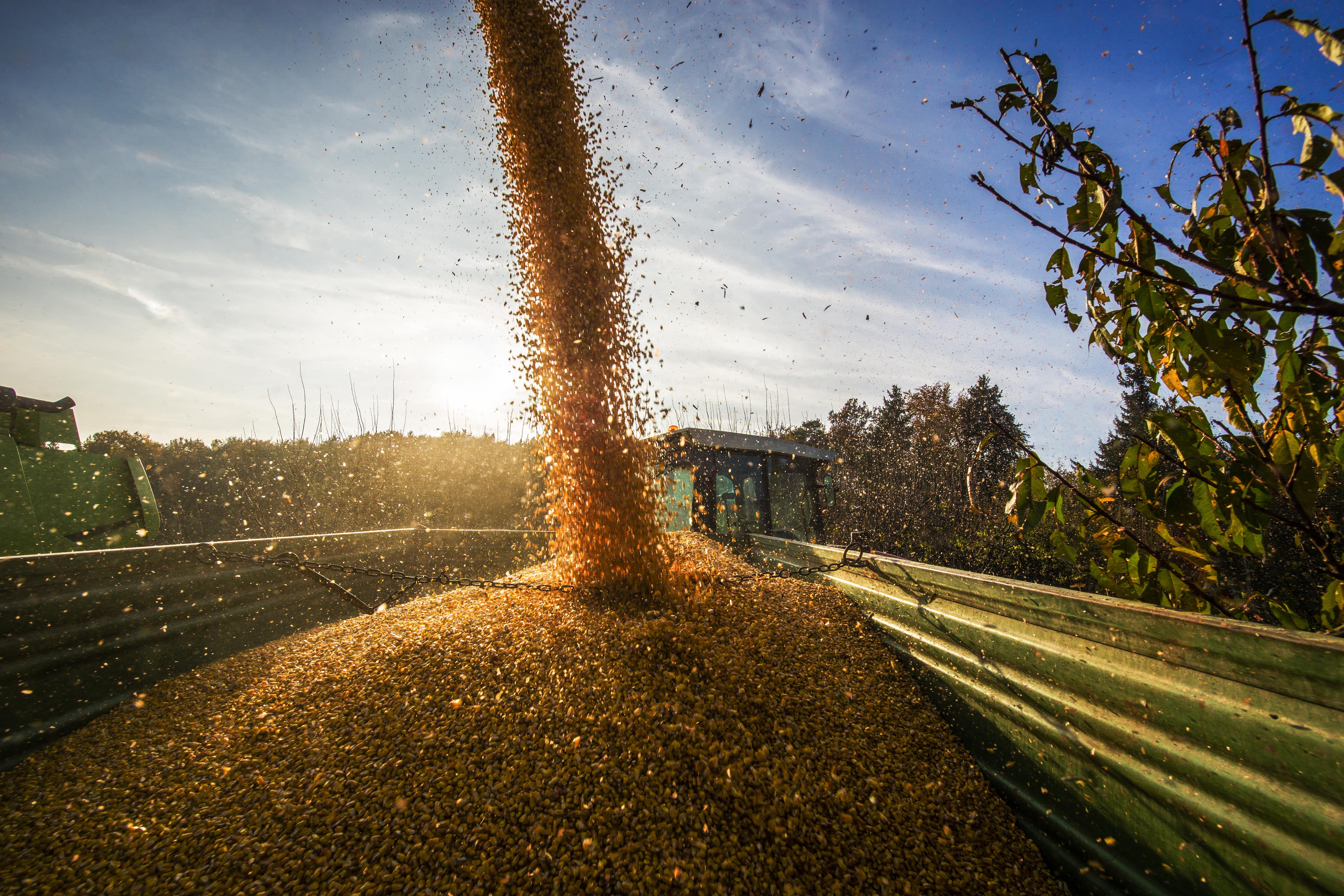High Production and Low Prices for Russian Corn
According to the Russian Ministry of Agriculture, this year’s corn production will be higher than last year’s. The harvest is currently in progress and around 15% of the crops are still waiting to be harvested. Already the harvest stands around 13.3 million tons, which is higher than last year’s total harvest at 11.4 million tons. The total corn harvest is expected to be between 14.2 and 14.4 million tons. This increase will further dampen the already decreasing corn prices in Russia.
High Production Due to Increased Sowing and Yield
This year’s harvest is the second-largest harvest since 2016 when Russia saw a record harvest at 15.3 million tons. The harvest is completed in the Central region and Southern Federal Districts, only in the North Caucasus and the Volga region is the harvest still ongoing. The increased harvest is attributed to two factors: increased sowing and higher yield. The amount of corn sowed was 5% higher than last year, whilst yields increased from 49 c/ha in 2018 to 60.2 c/ha this year.

High Production Leads to Low Prices
The relatively high production over the last few years has put a damper on the prices. Domestic prices are as low as 9,130 rubles per ton (USD 142.83). International grain prices, including corn, have also been decreasing globally. Currently, the export price for Russian corn is around USD 168 per ton, compared to USD 186 per ton in November 2018.
This price decrease raises concerns about profitability amongst Russian farmers. The demand for corn is very high domestically, due to an increase in livestock production, where corn is used as one of the major feeds. Furthermore, corn is also increasingly used for starch and syrup. This high demand has led to many farmers betting on this product, but the rapidly decreasing price has led to some farmers seeking to replace their corn with more profitable products.
Nevertheless, experts believe that the corn harvest area will not be reduced next year, despite the low prices. This is mainly due to the fact that there is no replacement which is more profitable. Corn is still a very productive crop with high yields and prices for similarly yielding crops, such as sunflowers and sugar beets, are equally low.

2020 Export Forecast
Russia exports only around 10% of its total corn production, the rest is destined for the domestic market. As the production is higher than expected this year, there are some concerns about excess stock, which will not be consumed by the foreign market. Even though there is more corn available for export - around 5.5 to 6 million tons extra - it is expected that exports will not increase a lot due to two main factors. Firstly, Ukraine, a larger corn-exporter than Russia, saw a record corn harvest. Its exports are similarly expected to reach a record high as a result.
Secondly, Russia exports a large part of its corn to Iran. However, due to the US sanctions on Iran’s oil, Iran will most likely not import a lot of agricultural products this year. This leads to a reduction in export markets where Russia can compete with Ukrainian prices. As a result, it is expected that Russian exports will be on par with last season’s. This means that there will be a large carry-over stock of approximately 1 million tons, which is almost twice as much as last year’s carry-over.
References
- AgroInvestor. Translated from Russian, "Corn crop will be second after 2016 record."
- AgroInvestor. Translated from Russian, "Russian agribusiness is influenced by global trends. Why domestic farmers need to monitor the Fed rate and the trade war of the United States and China."